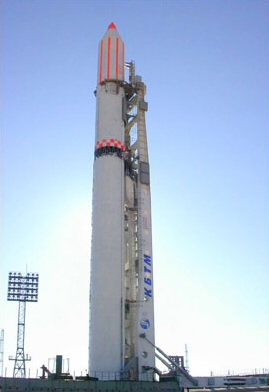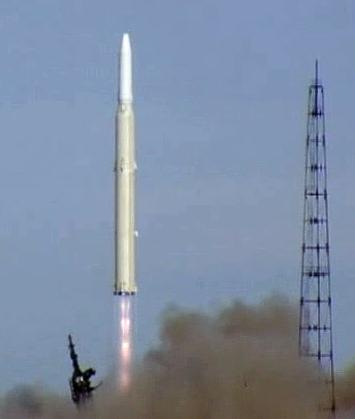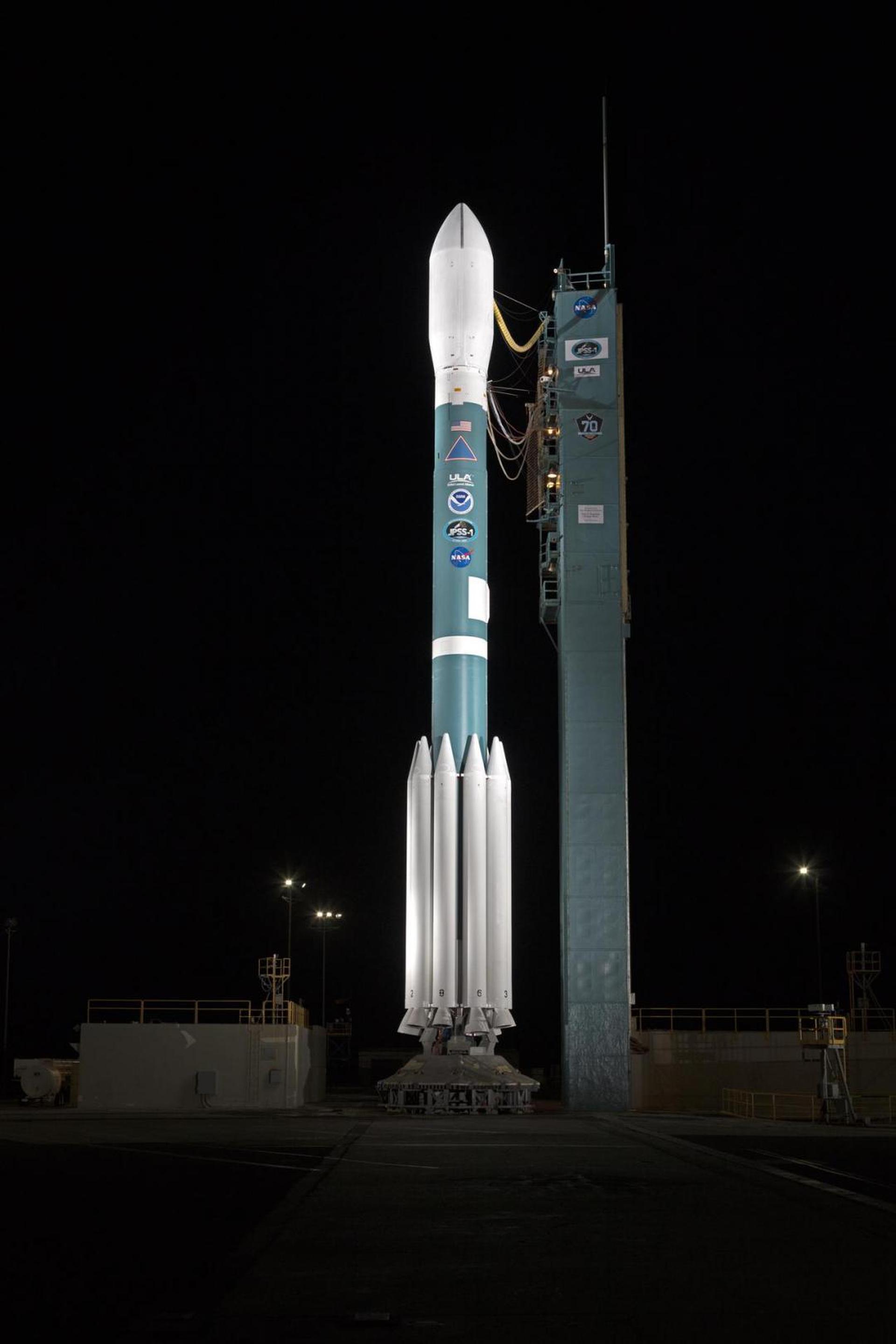Previous Spaceflight Launches
Filter by Agency, Locations or Vehicles
Show All LaunchesProton-M Briz-M | INTELSAT 10-02
Khrunichev State Research and Production Space Center | RussiaBaikonur Cosmodrome, Republic of Kazakhstan
June 16, 2004, 10:27 p.m.
Zenit-2 | Tselina-2 22
Yuzhnoye Design Bureau | UkraineBaikonur Cosmodrome, Republic of Kazakhstan
June 10, 2004, 1:28 a.m.
Tsiklon-2 | US-PM 12
Yuzhnoye Design Bureau | UkraineBaikonur Cosmodrome, Republic of Kazakhstan
May 28, 2004, 6 a.m.
Soyuz U | Progress M-49
Russian Federal Space Agency (ROSCOSMOS) | RussiaBaikonur Cosmodrome, Republic of Kazakhstan
May 25, 2004, 12:34 p.m.
Taurus 3210 | Formosat-2
Orbital Sciences Corporation | United States of AmericaVandenberg SFB, CA, USA
May 20, 2004, 5:47 p.m.
Status: Launch Successful
Mission:
ROCSAT 2 (Republic of China Satellite 2) is the second high-resolution Earth observation satellite for the Taiwanese National Space Program Office (NSPO) whose mission is regional remote sensing – to collect data to be used for natural disaster evaluation, agricultural applications, urban planning strategy, environmental monitoring, and ocean surveillance. In addition, the satellite's payload will include an auroral observation instrument.
Medium Earth OrbitAtlas IIAS | AMC 11
Lockheed Martin | United States of AmericaCape Canaveral SFS, FL, USA
May 19, 2004, 10:22 p.m.
Zenit | DirecTV 7S
Sea Launch | RussiaSea Launch
May 4, 2004, 12:42 p.m.
Proton-K/DM-2M | Ekspress AM-11
Khrunichev State Research and Production Space Center | RussiaBaikonur Cosmodrome, Republic of Kazakhstan
April 26, 2004, 8:37 p.m.
Delta II | Gravity Probe B
United Launch Alliance | United States of AmericaVandenberg SFB, CA, USA
April 20, 2004, 4:57 p.m.
Status: Launch Successful
Mission:
Gravity Probe B (GP-B) was a satellite-based experiment to test two unverified predictions of general relativity: the geodetic effect and frame-dragging. This was to be accomplished by measuring, very precisely, tiny changes in the direction of spin of four gyroscopes contained in an Earth-orbiting satellite at 650 km (400 mi) altitude, crossing directly over the poles.
Low Earth OrbitSoyuz-FG | Soyuz TMA-4
Progress Rocket Space Center | RussiaBaikonur Cosmodrome, Republic of Kazakhstan
April 19, 2004, 3:19 a.m.
Status: Launch Successful
Mission:
Soyuz TMA-4 begins Expedition 9 by carrying 3 astronauts and cosmonauts to the International Space Station. Russian Commander, cosmonaut Gennady Padalka alongside Flight Engineers, Michael Fincke (NASA) & André Kuipers (ESA) will launch aboard the Soyuz spacecraft from the Baikonur Cosmodrome in Kazakhstan and then rendezvous with the station. It landed on October 24, 2004, 00:35:00 UTC
Low Earth Orbit








